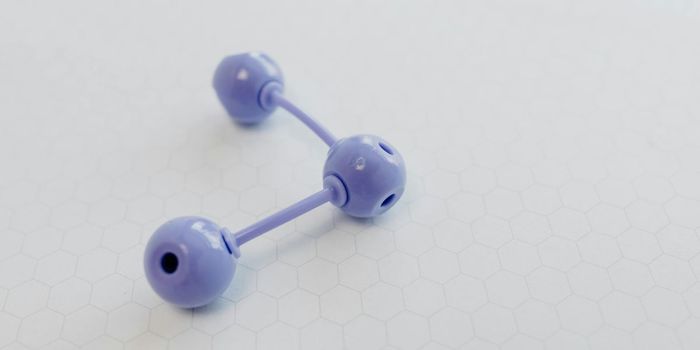Math is hard! That’s what teachers and parents hear a lot from kids, but while it definitely can be challenging for some students, researchers at Johns Hopkins have developed a new computer game that helps kindergarteners improve their abilities. The findings are available online and will appear in the July issue of the Journal of Experimental Child Psychology.
According to the team at Johns Hopkins, both people and animals are born with a sense of quantities and can demonstrate this knowledge as infants. It’s built into the brain. Developmental tests have shown that even very young babies will show a preference for a plate of snacks that has more treats than a plate that contains only one or two items. This intuition around quantity is called the "approximate number system."
It’s not exact though, it’s a very imprecise ability that doesn’t include the knowledge to figure out exactly how many of one thing there might be. It’s not mathematical. The team at Johns Hopkins however believes the two abilities are connected. Some of the same scientists from the group who developed the new game for kindergarteners were involved in earlier research that showed a correlation between a strong sense of approximate numbers and a later higher ability in math.
Jinjing "Jenny" Wang, a graduate student in the Krieger School of Arts and Sciences' Department of Psychological and Brain Sciences said in a press release, "Math ability is not static—it's not the case that if you're bad at math, you're bad at it the rest of your life. It's not only changeable, it can be changeable in a very short period of time, We used a five-minute game to change kids' math performance. That's the big question. If we can improve people's intuitive number ability, can we also improve their math ability?"
The game created by researchers was simple and quick but showed good results. Testing it on 40 5-year-olds, the children were asked to indicate if there were more blue dots or yellow dots when random amounts of dots flashed on a laptop screen, The children were asked to indicate whether there were more blue ones or more yellow ones quickly, without counting. Children received feedback after each trial. After correct responses, a pre-recorded voice told them, "That's right." After wrong answers, they heard, "Oh, that's not right."
The kids were broken into 3 groups, some starting with easier questions that gradually got harder, the second group starting with harder questions and the third a random mix of easy and hard questions. After playing the game the children were tested on vocabulary as well as taking a standardized math assessment.
The team found no change in any of the children's vocabulary skills but the kids who performed the dots game in the proper training fashion—easiest to hardest—scored much higher on the math test, getting about 80 percent of the answers correct.
The kids who had to answer harder questions before easier ones got just 60 percent of the math test right, while the control group kids who had the mix of easy and hard questions scored around 70 percent. The video below explains more about the test and how researchers hope it can be used to help those who struggle in math improve.
Sources:
Johns Hopkins,
Journal of Experimental Child Psychology









